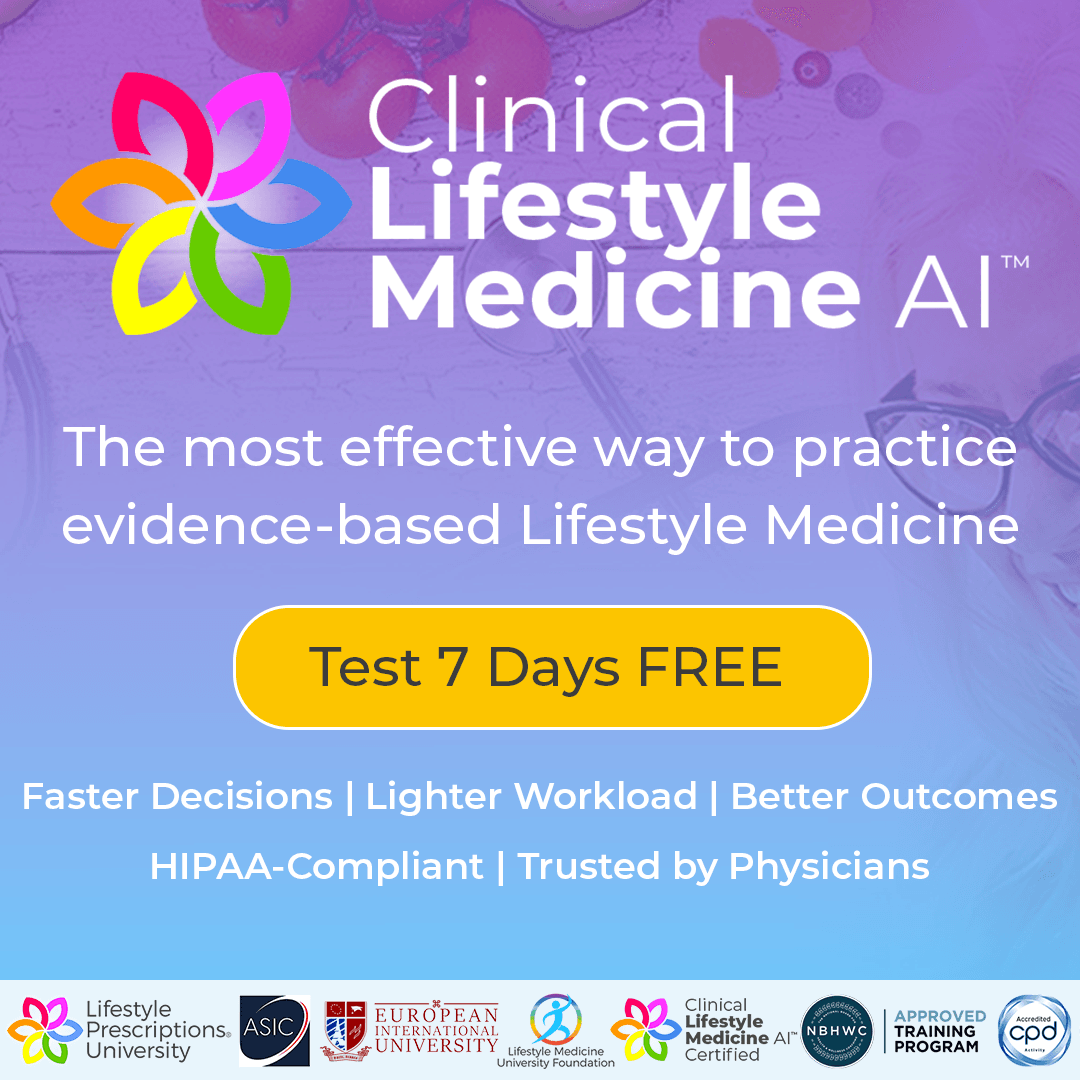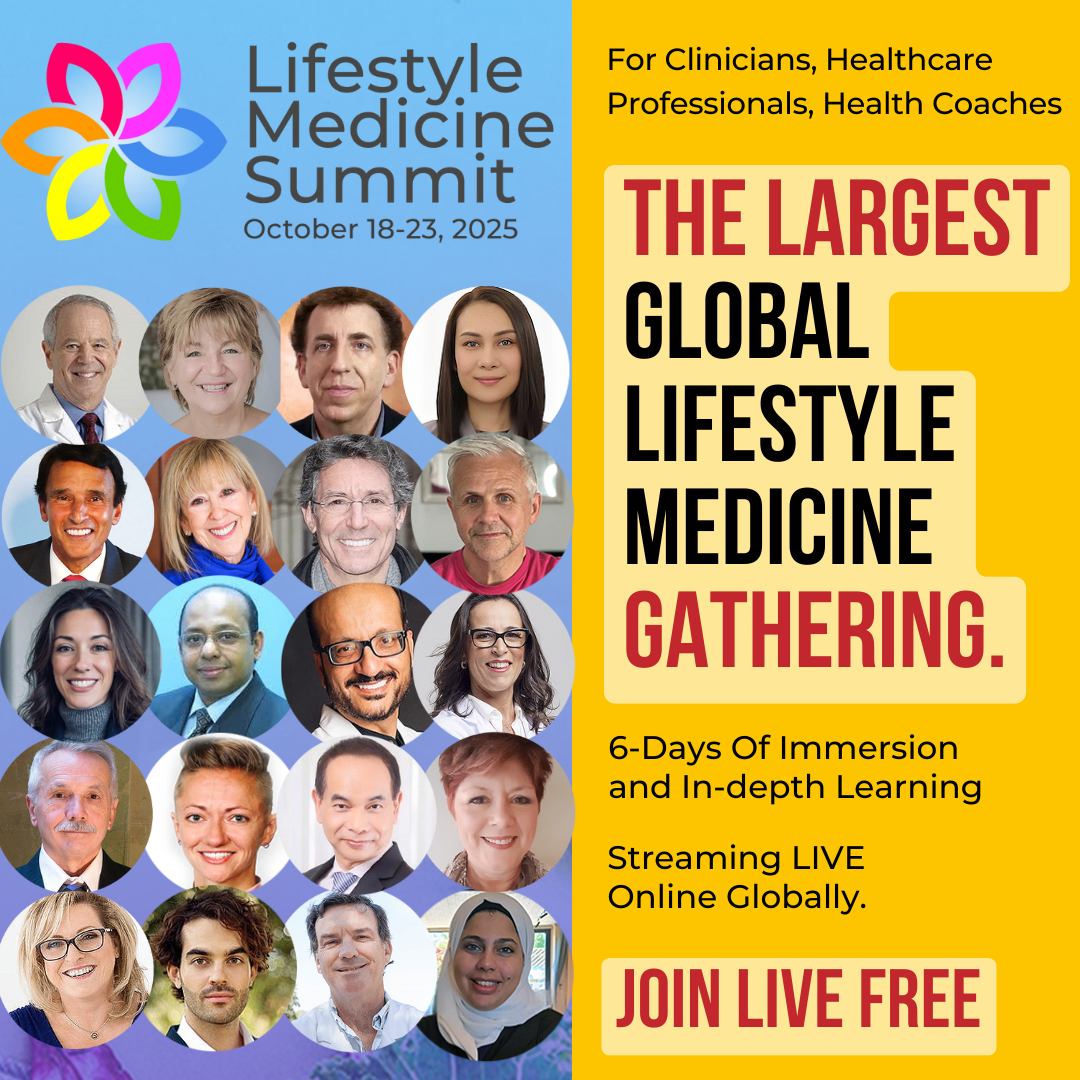Reversing Chronic Disease: Is It Really Possible?
For decades, chronic diseases like type 2 diabetes, heart disease, hypertension, and fatty liver were viewed as permanent diagnoses—conditions that could only be managed with lifelong medication and careful monitoring. But what if we told you that reversing these conditions is not just a dream, but a real possibility backed by science?
Welcome to the powerful world of chronic disease reversal, where evidence-based lifestyle changes are helping people regain control of their health—and their lives.
What Does “Chronic Disease Reversal” Mean?
Chronic disease reversal isn’t about finding a magic cure. It’s about putting the disease into remission—reducing or eliminating symptoms and normalizing biomarkers (like blood sugar or blood pressure) without the need for ongoing medication.
For example:
- Type 2 diabetes reversal often means maintaining normal blood glucose levels without diabetes medication.
- Hypertension reversal might involve achieving consistently healthy blood pressure readings through diet and exercise.
It’s important to note: not all chronic conditions can be reversed, but most can be significantly improved with the right approach.
What the Science Says
Research over the last two decades has shown us that lifestyle interventions can produce extraordinary results:
- The Ornish Lifestyle Medicine Program has demonstrated reversal of coronary artery disease using a low-fat, whole-food plant-based diet, stress management, and physical activity.
- Dr. Neal Barnard’s research on type 2 diabetes shows that a low-fat vegan diet can improve insulin sensitivity and reduce the need for medication.
- Virta Health’s clinical studies have shown that a low-carb, high-fat ketogenic diet can reverse type 2 diabetes in a large percentage of participants.
These are not isolated success stories—they’re part of a growing body of evidence that shows lifestyle change is one of the most powerful forms of medicine we have.
How Chronic Disease Gets Reversed
Here are the core pillars behind the reversal process:
🥗 1. Nutrition
The right food choices can heal your body at the cellular level. Diets that focus on whole, minimally processed foods—particularly plant-predominant ones—have been linked to better blood sugar control, reduced inflammation, and improved heart health.
🏃♂️ 2. Physical Activity
Regular movement enhances insulin sensitivity, lowers blood pressure, strengthens the heart, and supports mental health. Even a brisk walk for 30 minutes a day can make a difference.
🧘♀️ 3. Stress Management
Chronic stress increases inflammation and cortisol, making it harder to manage any disease. Practices like yoga, mindfulness, and meditation can reduce stress and improve outcomes.
😴 4. Quality Sleep
Poor sleep is a silent contributor to metabolic disease. Prioritizing 7–9 hours of restorative sleep per night is crucial for hormonal balance and recovery.
🚭 5. Avoiding Risky Substances
Quitting smoking and reducing alcohol can dramatically lower the risk of stroke, heart attack, and cancer.
🤝 6. Social Connection
Supportive relationships reduce stress, promote accountability, and improve emotional health—an often overlooked factor in healing
Is It Too Late to Start?
Absolutely not.
Even if you’ve had a chronic illness for years, making lifestyle changes can improve your quality of life, reduce medication dependency, and in many cases, reverse the disease. The key is starting small, staying consistent, and working with healthcare professionals trained in lifestyle medicine.
Getting Started with Reversal
Here’s a simple roadmap:
1. Consult your doctor especially before reducing medication.
2. Work with a certified health coach, nutritionist, or lifestyle medicine practitioner.
3. Start with one change at a time maybe swapping processed snacks for fruits or walking 15 minutes daily.
4. Track your progress using health markers, mood, and energy levels.
5. Build a support network online groups, family, or wellness communities.
Final Thoughts
Chronic disease doesn't have to define your life. While some conditions may not be fully reversible, adopting a lifestyle rooted in whole foods, movement, rest, and connection can lead to profound healing and vitality.
It’s time to move beyond managing symptoms and toward thriving health.
Are you ready to take the first step toward reclaiming your health?
© 2015-2024 Lifestyle Prescriptions® University. The terms Lifestyle Prescriptions®, Organ-Mind-Brain Anatomy™, and Root-Cause Health Coaching™ are worldwide trademarks of the Lifestyle Prescriptions® University and can only be used after completing qualifying training programs. Lifestyle Medicine WORKS™, Lifestyle Medicine Summit, HealthiWealthi™ are trademarks of Lifestyle Medicine University Foundation.
* This website and all LPU training programs are for educational purposes only. No medical diagnosis, therapy, or treatment is provided.





